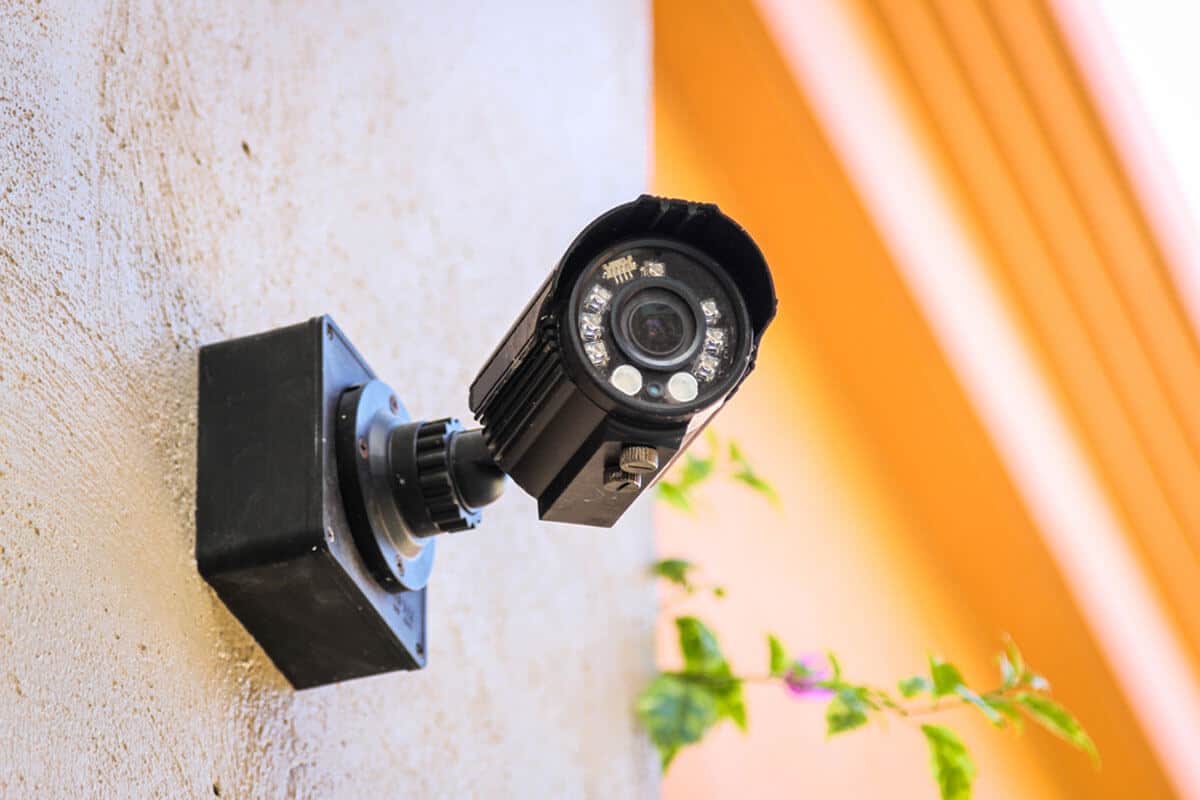
Image Source – Google
Installing a surveillance camera system in your home or business is an important step in enhancing security and peace of mind. With so many options available in the market, it can be overwhelming to choose the right one. In this guide, we will discuss the factors to consider when selecting a surveillance camera system to meet your specific needs.
1. Determine Your Needs and Objectives
Consider the following:
- Are you looking to monitor the interior or exterior of your property?
- Do you need to cover a large area or focus on a specific location?
- What is your budget for the surveillance camera system?
- Do you require features such as night vision, motion detection, or remote access?
2. Choose the Type of Surveillance Camera
There are several types of surveillance cameras to choose from:
- Indoor Cameras: Ideal for monitoring the interior of your home or business.
- Outdoor Cameras: Designed to withstand outdoor elements and provide surveillance for external areas.
- Wireless Cameras: Offer flexibility in installation and are easy to set up without the need for cables.
- Wired Cameras: Provide a reliable and stable connection but may require professional installation.
3. Consider Camera Resolution and Quality
Key points to take into account:
- Higher resolution cameras offer clearer and more detailed images.
- Look for cameras with at least 1080p resolution for optimal quality.
- Consider the frames per second (fps) for smooth video playback.
4. Evaluate Camera Features and Technology
Important features to consider:
- Night Vision: Essential for monitoring in low-light or nighttime conditions.
- Motion Detection: Alerts you when motion is detected in the camera's field of view.
- Two-Way Audio: Allows communication through the camera using a built-in microphone and speaker.
- Remote Access: Enables you to view live footage from anywhere using a smartphone or computer.
5. Select the Right Storage Option
Consider the following storage solutions:
- Local Storage: Cameras with built-in storage or the option to add a microSD card.
- Cloud Storage: Securely store footage in the cloud for easy access and backup.
- Network Video Recorder (NVR): Centralized storage and management of video footage from multiple cameras.
- Digital Video Recorder (DVR): Analog cameras can be connected to a DVR for recording and storage.
6. Consider Integration and Scalability
Points to keep in mind:
- Choose a surveillance camera system that can be integrated with other security devices such as alarms or access control systems.
- Consider the scalability of the system if you plan to expand and add more cameras in the future.
7. Review Installation and Maintenance Requirements
Things to consider:
- Check if the surveillance camera system is DIY-friendly or requires professional installation.
- Ensure that the system is easy to set up and comes with clear instructions.
- Consider maintenance needs such as cleaning the cameras regularly and updating the software.
8. Check for Compatibility and Support
Ensure compatibility:
- Check if the surveillance camera system is compatible with your existing devices and network.
- Look for a reputable manufacturer that offers customer support and regular software updates.
By considering these factors and guidelines, you can choose the right surveillance camera system that meets your security needs and provides you with peace of mind whether it's for your home or business.
